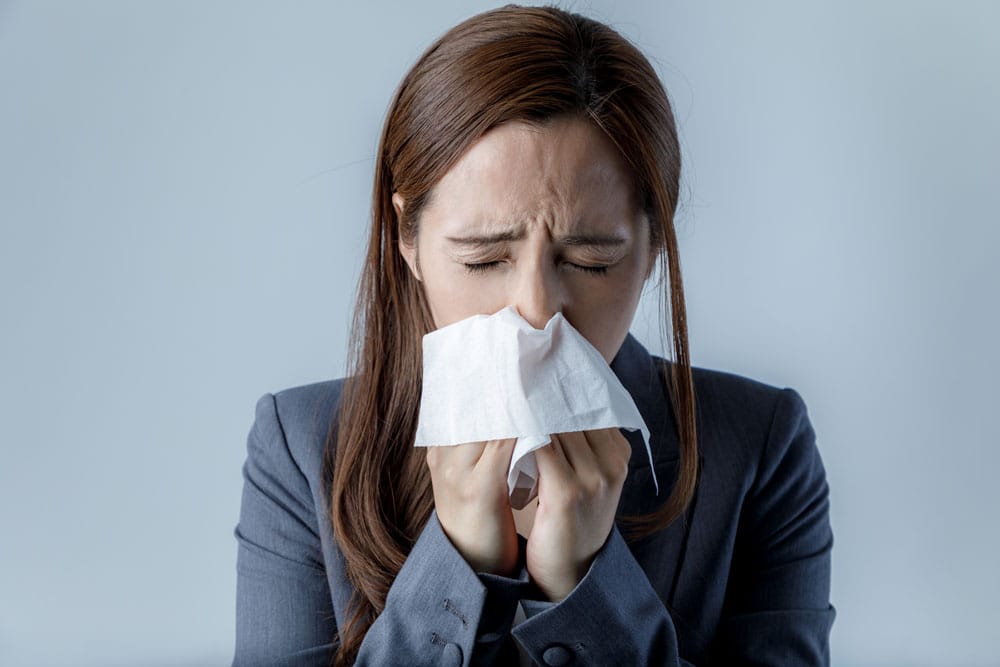
1. Ensure Proper Air Conditioning Maintenance
One of the primary reasons air conditioning can worsen rhinitis symptoms is poor maintenance. Air conditioners accumulate dust, mold, and bacteria over time, which can be circulated into the air. This can lead to allergic reactions when the air is recirculated throughout your home. To combat this, it’s crucial to perform regular maintenance on your AC unit.
- Change the Filters Regularly:
Air filters are your first line of defense. Dirty filters can trap allergens such as dust and pollen, which are then released into the air. To reduce these allergens, make sure to change your air conditioner’s filters every one to three months, or more frequently if you live in a dusty area.
- Clean the Coils and Drains:
In addition to changing the filters, cleaning the coils and drains of your air conditioner will ensure it functions efficiently and doesn’t harbor mold or mildew, which can worsen allergy symptoms.
- Hire a Professional:
If you’re unsure about how to clean your air conditioner properly, it’s a good idea to hire a professional service. They can provide a thorough cleaning, ensuring that your system is free from harmful allergens.
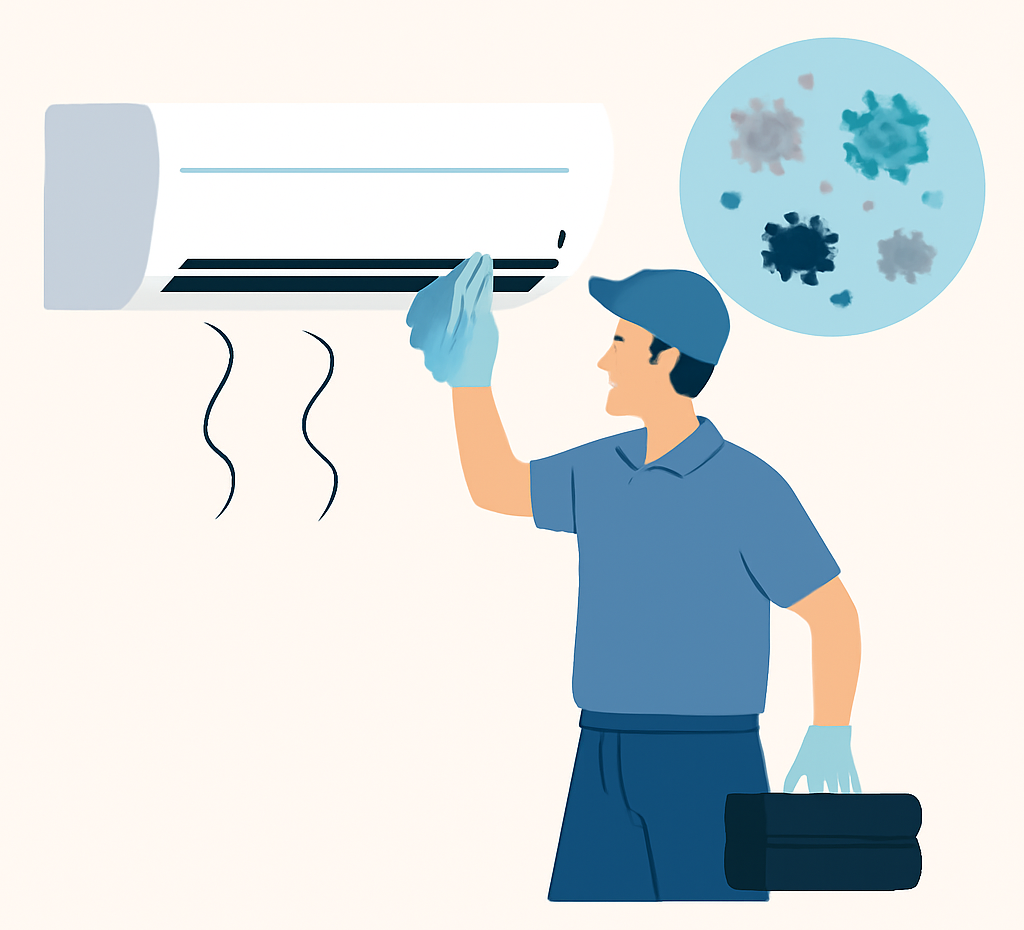
2. Control the Humidity Levels in Your Home
Humidity plays a significant role in allergy management. High humidity levels can encourage the growth of mold and dust mites, both of which are known allergens. On the other hand, air conditioning naturally reduces humidity, which can help alleviate some allergy symptoms. However, it’s essential to find a balance. Excessively dry air can irritate the nasal passages and worsen rhinitis.
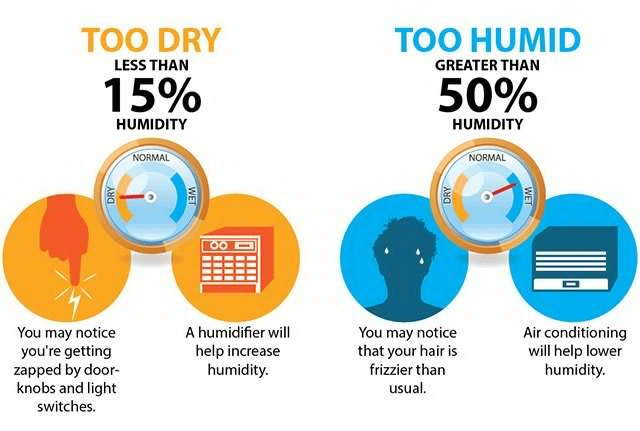
- Use a Humidifier:
To maintain optimal humidity levels, consider using a humidifier. A humidity level of 40-60% is ideal for most homes. Using a humidifier can prevent your air from becoming too dry, which can help prevent the drying out of your nasal passages.
- Check Your AC’s Humidity Settings:
Some modern air conditioners come equipped with a humidity control feature, allowing you to adjust the level of moisture in the air. If your system offers this option, set it to a comfortable range that won’t dry out your sinuses.
3. Optimize Your Airflow and Ventilation
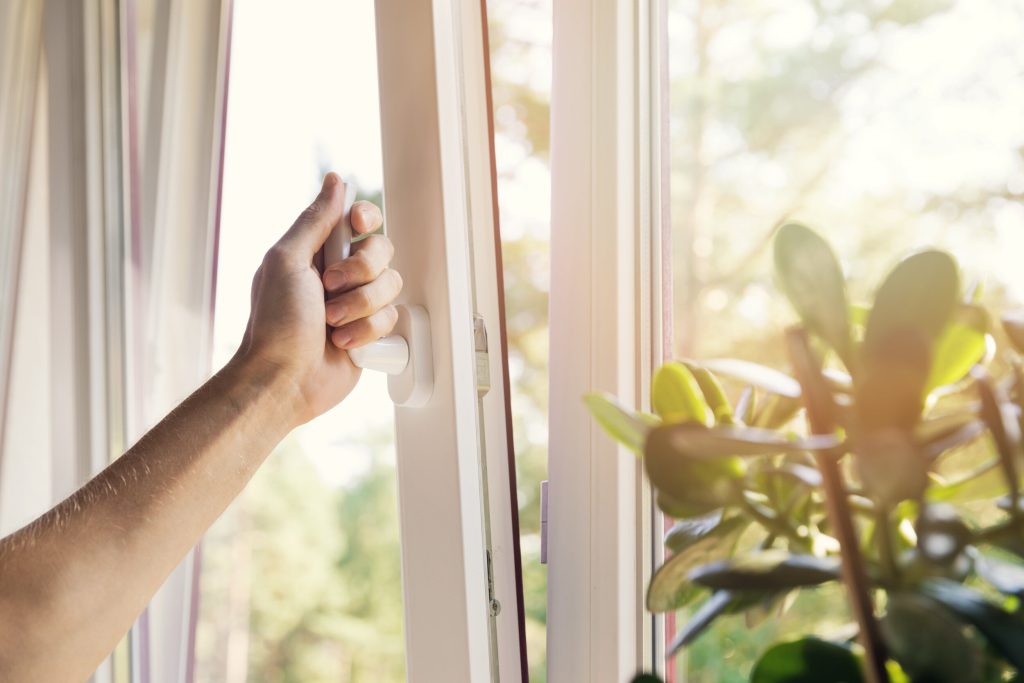
Proper airflow is essential for keeping the air in your home clean and fresh. Stagnant air can trap allergens in one area, leading to discomfort and worsening your symptoms. Here are some tips to optimize your air circulation:
- Use Fans in Conjunction with AC:
Using ceiling or portable fans alongside your air conditioner helps to circulate the cool air more effectively. Make sure your fan is placed strategically to ensure that air moves throughout the room, reducing the likelihood of allergens accumulating in any one spot.
- Open Windows When Possible:
While it’s tempting to keep windows shut to maintain cool temperatures, fresh air can help clear out allergens. If you live in an area with minimal pollution, open the windows for a short period each day to allow fresh air to circulate. This will help expel stale air that may contain allergens.
4. Adjust the Temperature and Settings for Maximum Comfort
While it’s tempting to crank the AC to its lowest setting, it’s important to keep the temperature within a comfortable range to avoid triggering allergies. Cold air can dry out your nasal passages and irritate your sinuses. Here’s how you can adjust your AC settings for maximum comfort:
- Set the Temperature to a Moderate Level:
Aim for a temperature between 72°F (22°C) and 78°F (25°C). This is generally comfortable for most people and helps prevent the air from becoming too cold or too dry.
- Use the “Auto” Setting:
Many air conditioners have an “auto” setting that adjusts the fan speed according to the temperature. This can help reduce the drying effect on the air and maintain a consistent and comfortable environment.
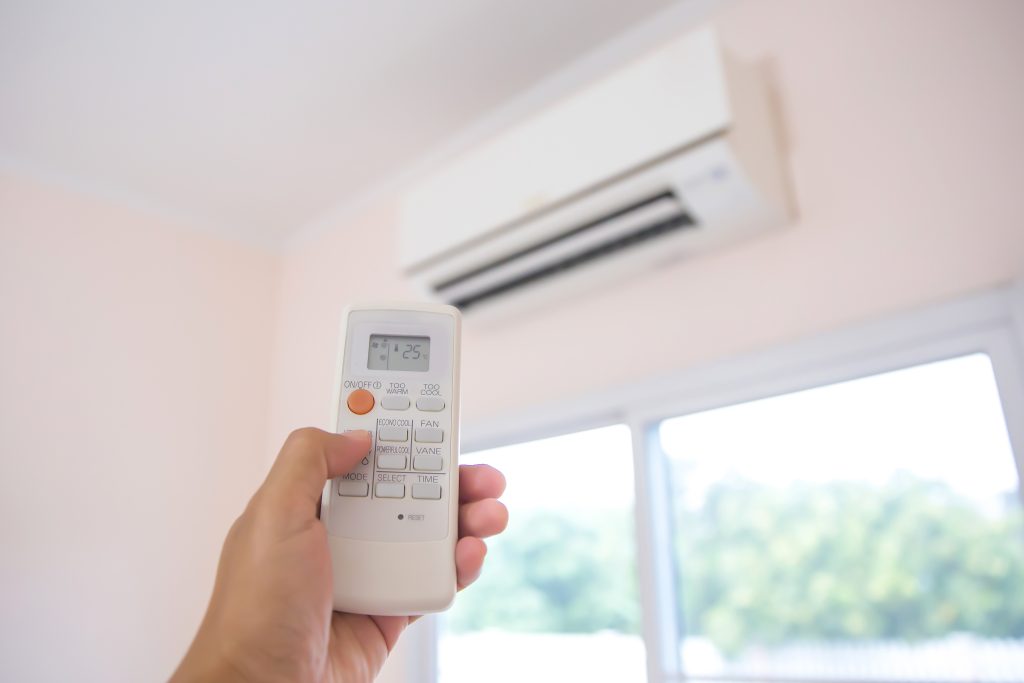
5. Take Other Steps to Reduce Indoor Allergens
Beyond the air conditioning, there are several additional measures you can take to minimize allergens in your home:
- Keep Your Home Clean:
Regularly vacuum your floors, especially carpets, using a vacuum with a HEPA filter. Dust and clean surfaces often to remove allergens that can accumulate in your home.
- Wash Bedding and Curtains Frequently:
Dust mites love to settle on soft surfaces, so wash your sheets, pillowcases, and curtains regularly in hot water to reduce allergens.
- Consider Using Allergen-Proof Bedding:
For additional protection, invest in allergen-proof pillowcases and mattress covers. These can help prevent dust mites from accumulating in your bedding.
6. Consider Air Purifiers for Added Protection
If you find that your allergies are still problematic despite your efforts to maintain your air conditioner, an air purifier may be a helpful addition. Air purifiers with HEPA filters are highly effective at removing dust, pollen, and other airborne allergens. Place one in your bedroom or living area to reduce the allergens that trigger rhinitis symptoms.
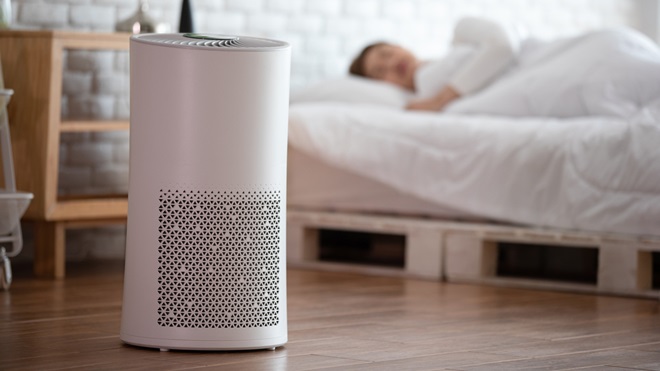
As temperatures rise and air conditioners become a necessity for comfort, it’s important to keep your health in mind, especially if you suffer from rhinitis. By following the steps outlined in this article, you can enjoy the cool air without the discomfort of allergy flare-ups. Regular maintenance, humidity control, and good ventilation are all essential components of creating a comfortable and allergy-friendly environment. By taking proactive steps to manage the air quality in your home, you can ensure that your summer remains enjoyable and symptom-free.
(Some of the images are from the Internet, DM us for removal issues.)





